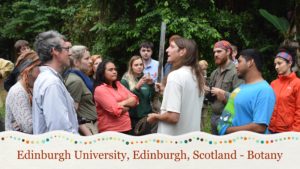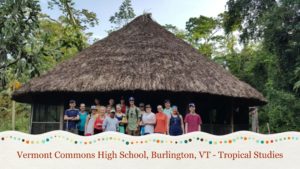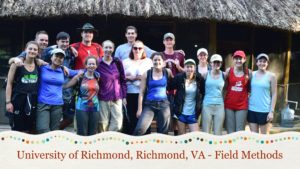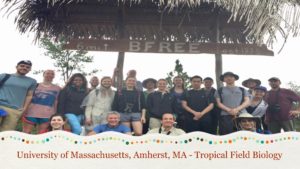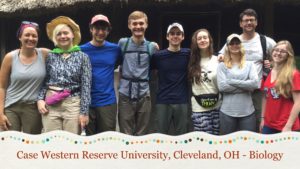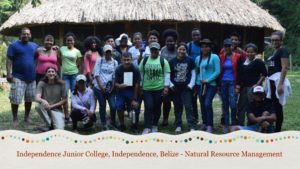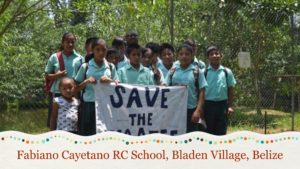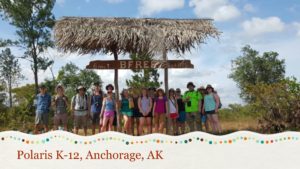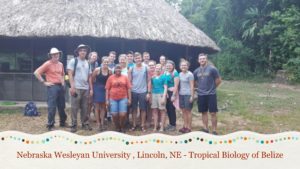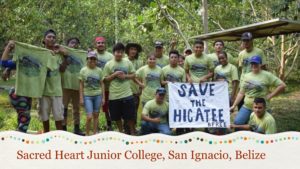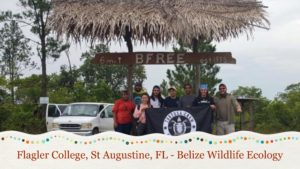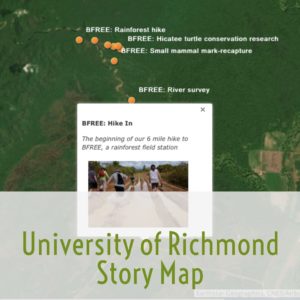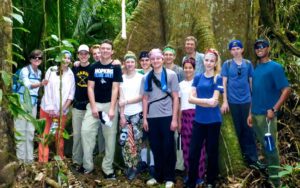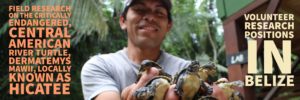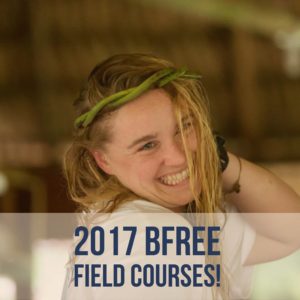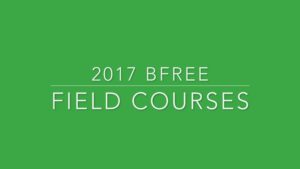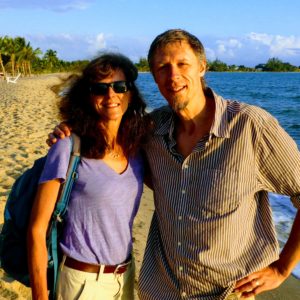Re-wilding Hicatee into Belize’s rivers
BFREE, with the help of our dedicated partners, implemented three (3) separate Hicatee turtle release events for 2022. The first release event was conducted on the 1st of April 2022 when fifty-five (55) juveniles and hatchlings were released into a river in north central Belize. The release was done by BFREE’s Tom Pop and Jonathan Dubon with the support of community members.
The second release event was conducted on the 2nd of June 2022 when forty five (45) turtles were released into another river system also in north central Belize. The release was conducted by Belize Turtle Ecology Lab (BTEL) and students from Dr. Day Ligon’s Turtle Ecology Lab at Missouri State University, USA.
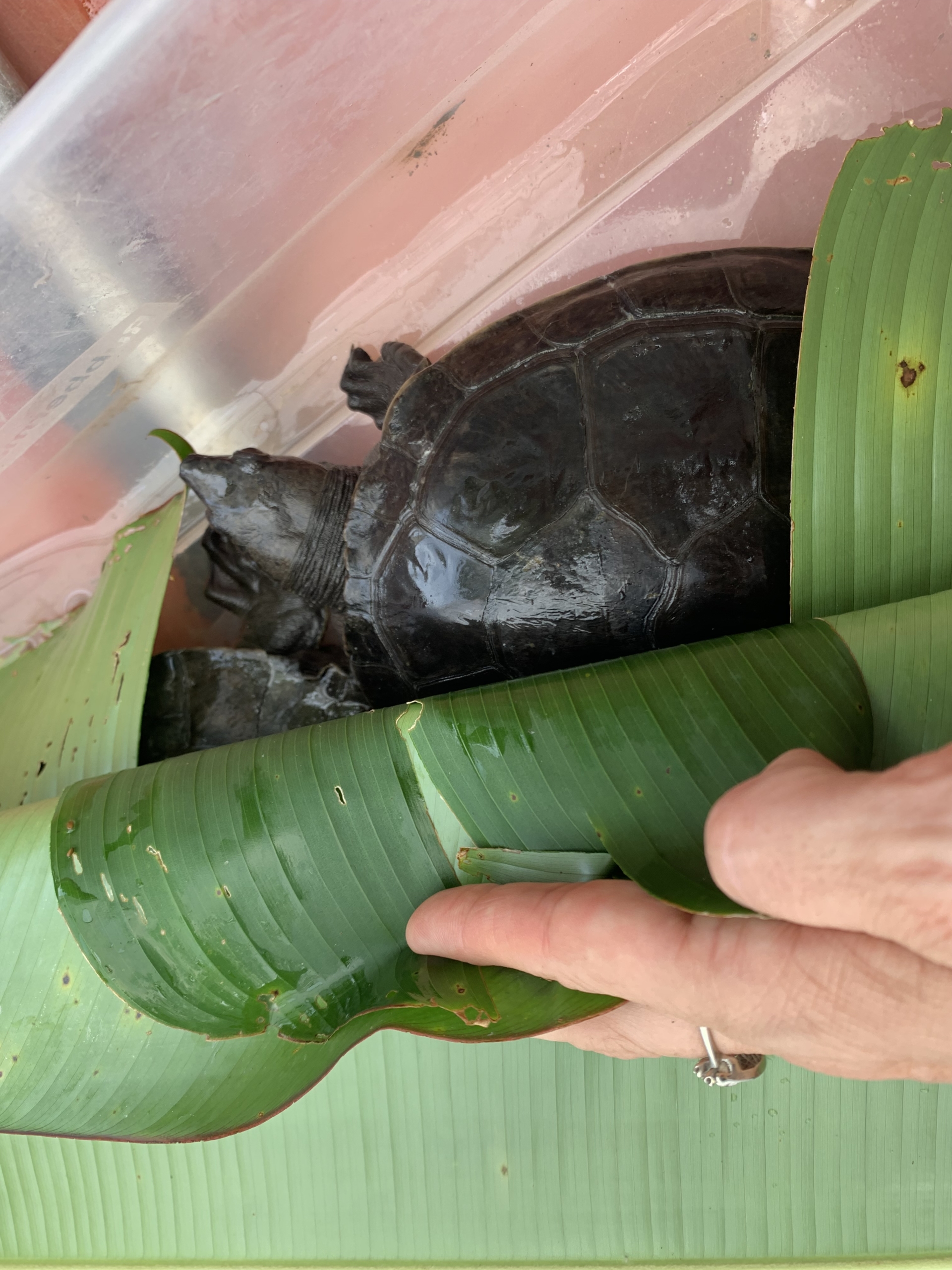
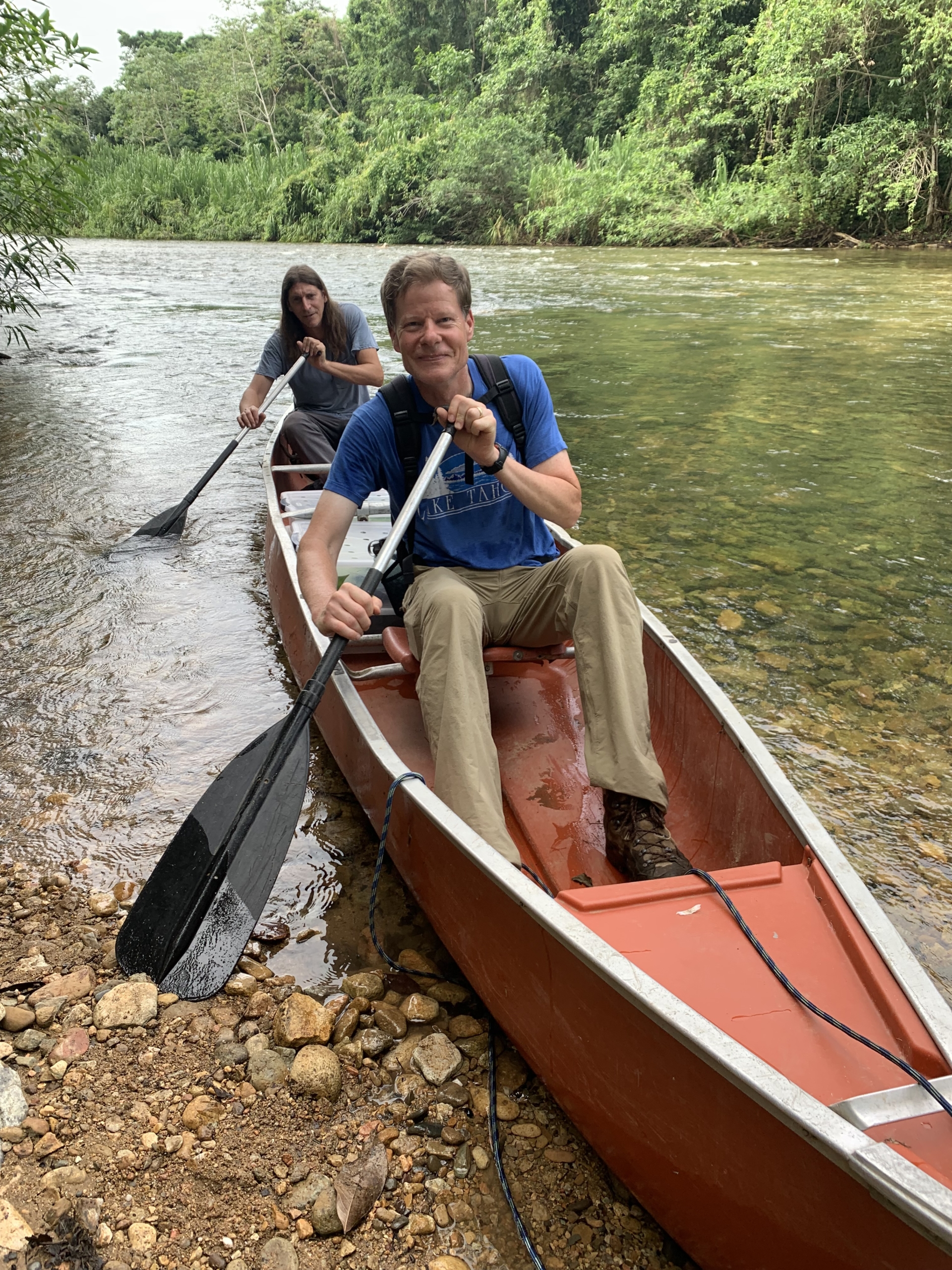
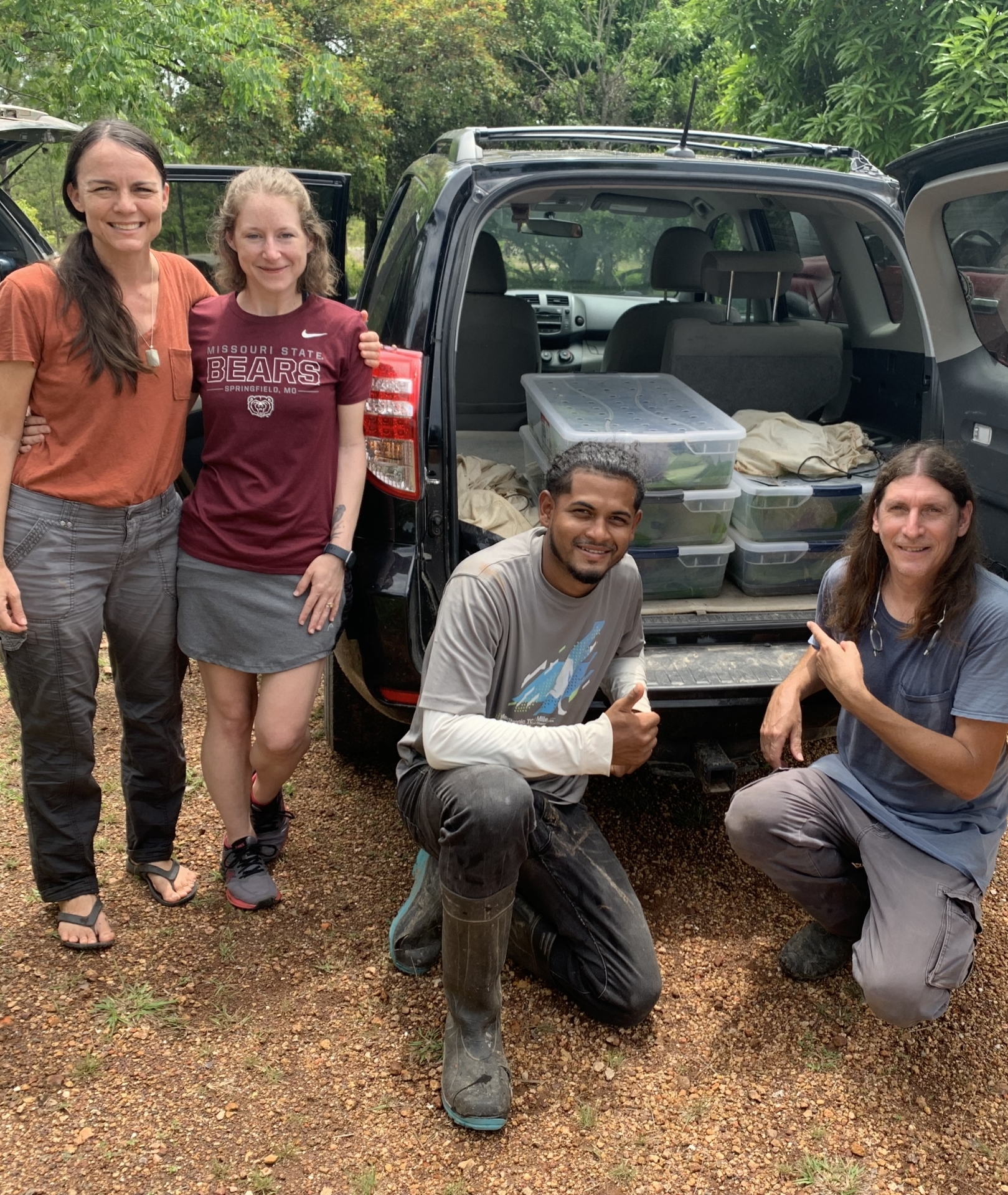
The third release event was conducted on the 17th of June 2022 and was the biggest release to date. A total of one hundred and twenty-four (124) juveniles were released into the wild in central Belize. BFREE staff, Dr. Ed Boles, Tom Pop, Jonathan Dubon and Barney Hall, were responsible for transporting and releasing all of the turtles. The location was chosen based on two factors. The first factor was that many of the adults that parented the juveniles were from this watershed, and previous data collected confirmed that this population has been heavily depleted. The second factor is related to research. This specific location allows for BFREE and its partner institutions to track and conduct long-term monitoring, and the habitat is healthy and provides the natural requirements needed for the population to rebound over time.
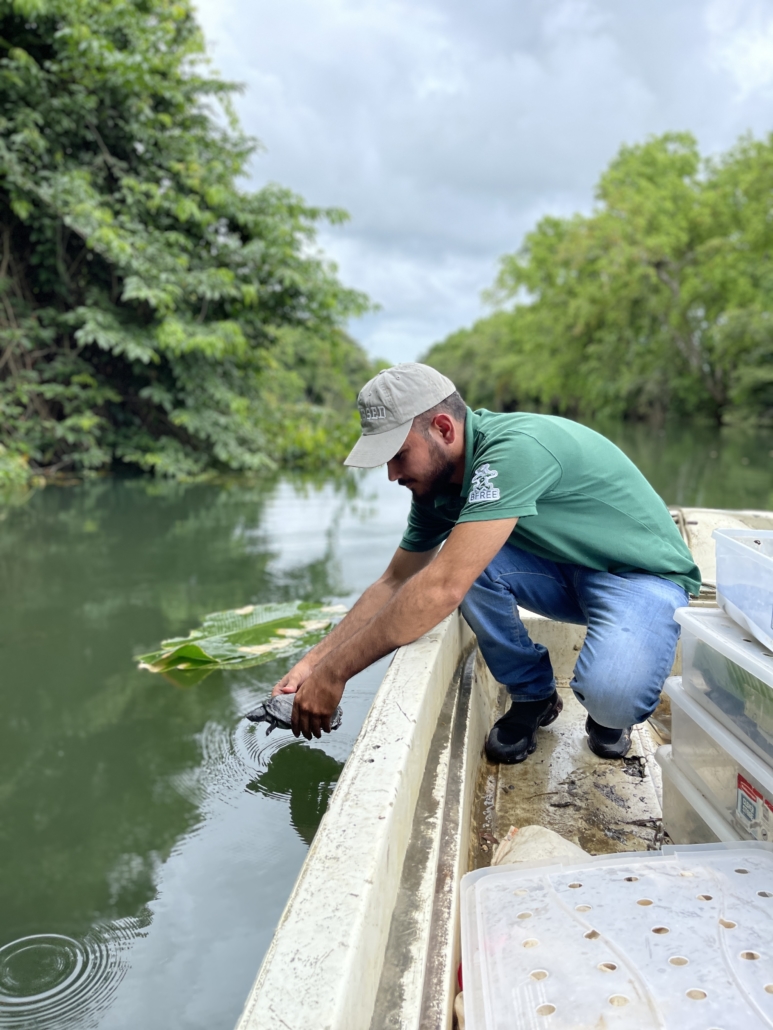
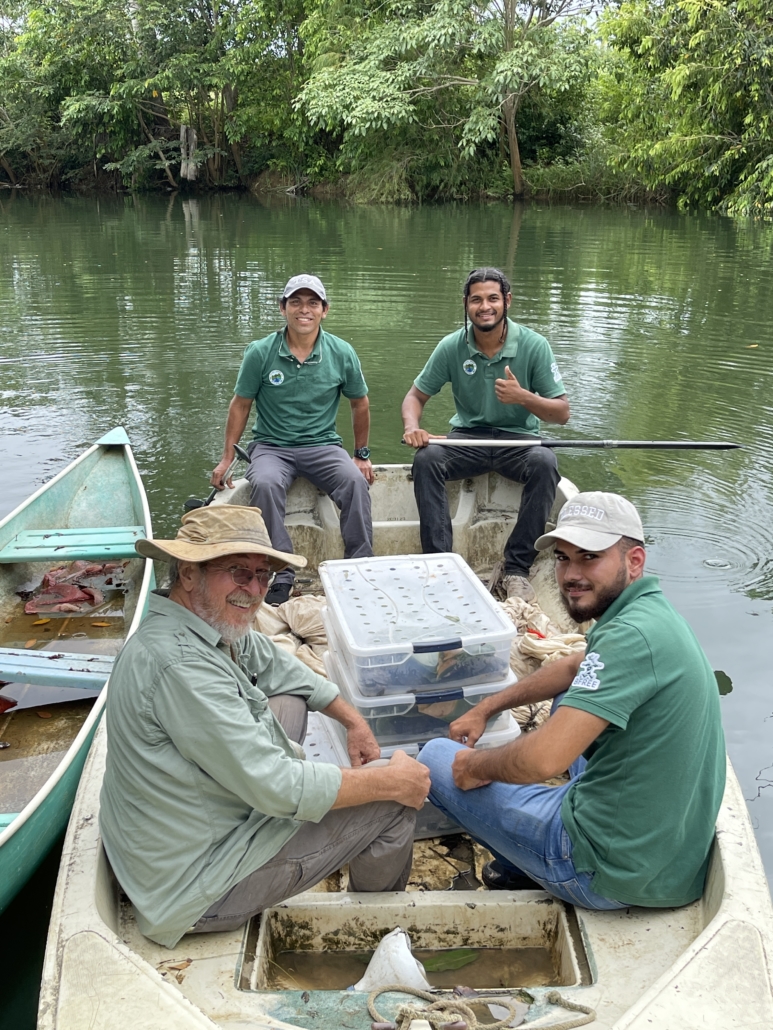
Jacob Marlin, BFREE’ Executive Director, states, “The reintroductions or rewilding of captive bred Hicatee from the HCRC at BFREE is a critical part of a much broader effort to prevent the extinction of this critically endangered species of turtle. By monitoring the survivorship and overall health of released turtles, and comparing the results to wild turtles of similar age and size, we can better understand the efficacy of and probability that our program can help re-establish and augment populations that have been severely depleted where they once were abundant.”
Over the last three years, with the support of our partners, BFREE has successfully released 415 captive born and raised Hicatee turtles in five different water bodies in central Belize. These turtles have been reintroduced into two watersheds where their populations have been severely depleted. Our reintroduction programs include both short and long-term monitoring, which will help us determine the success of this project. Several of the releases included the participation of community members to further expand our outreach efforts.
As always, a special thanks to our partner, Turtle Survival Alliance, for their consistent and faithful support of Hicatee conservation in Belize.

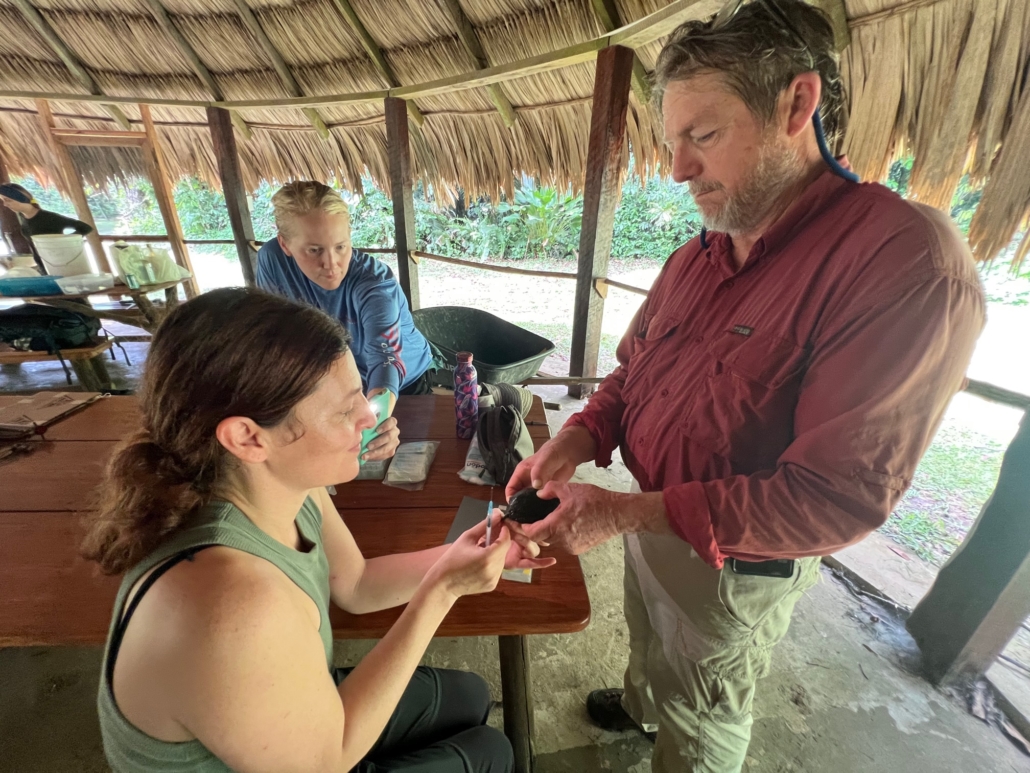
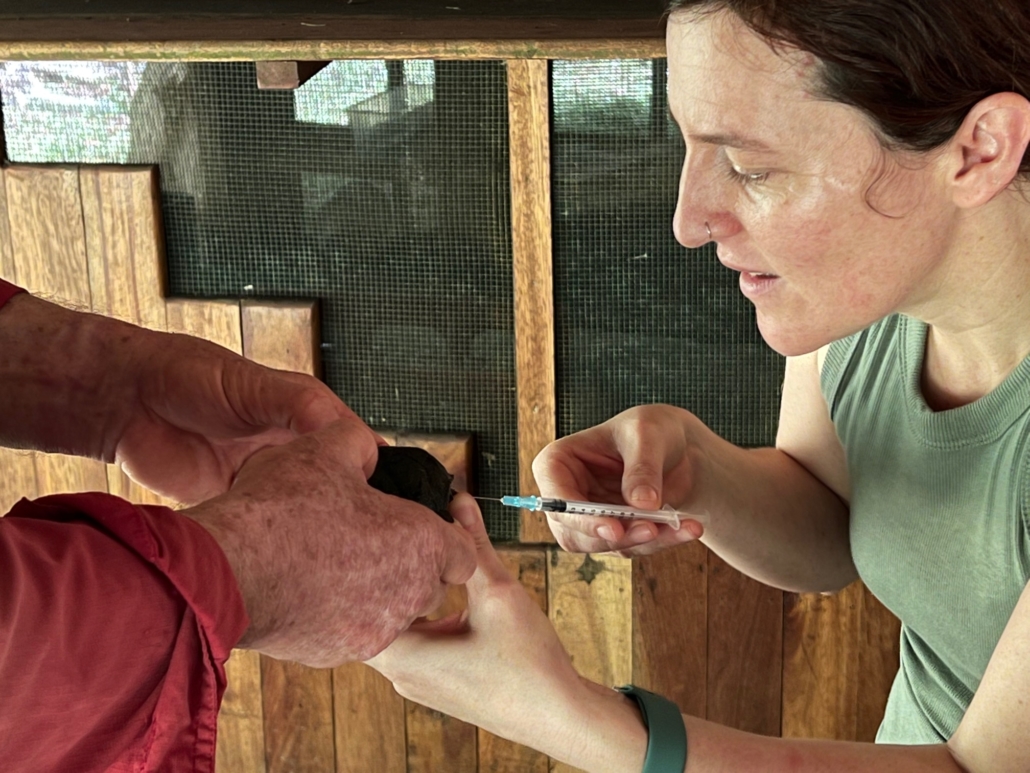
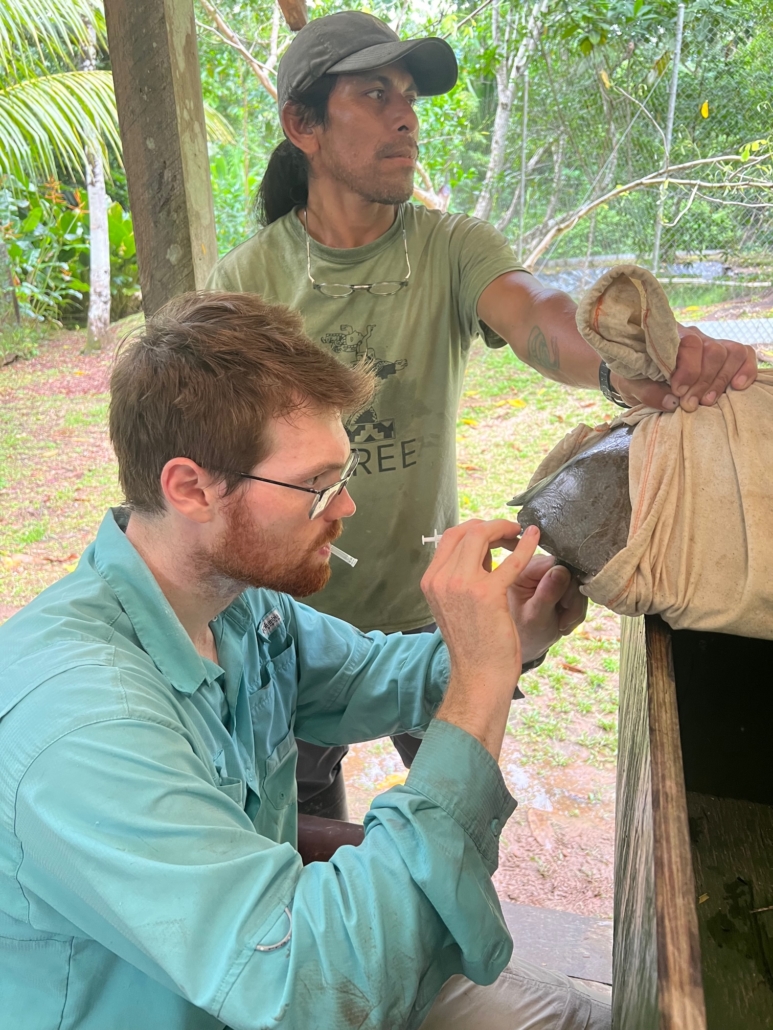
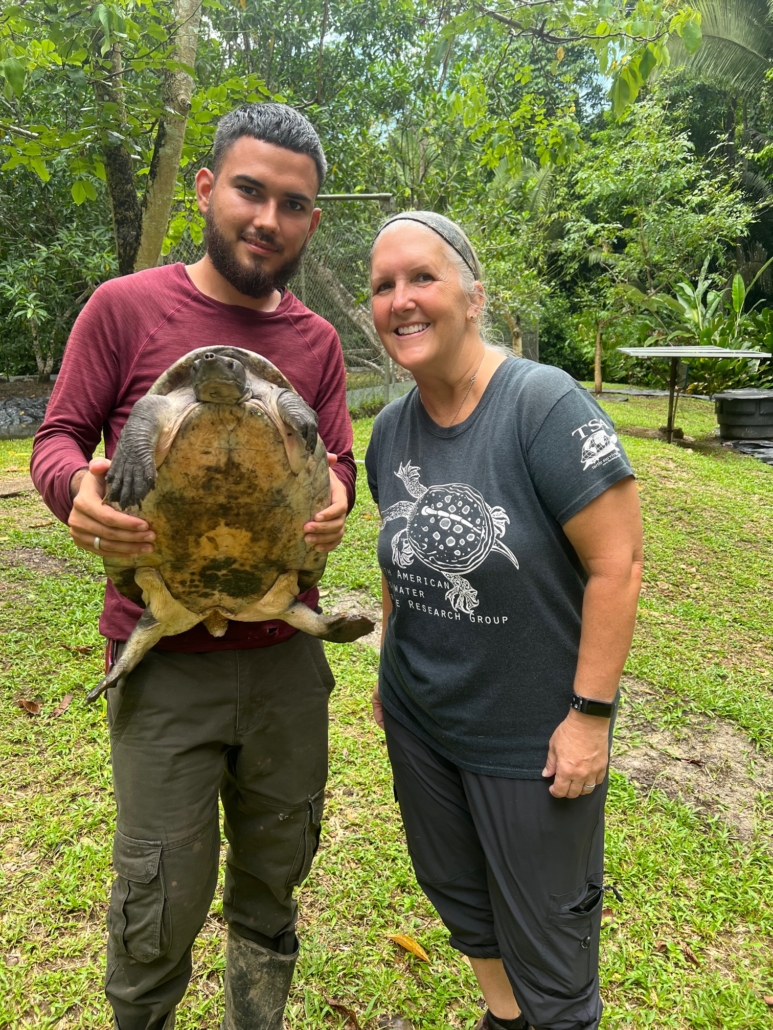
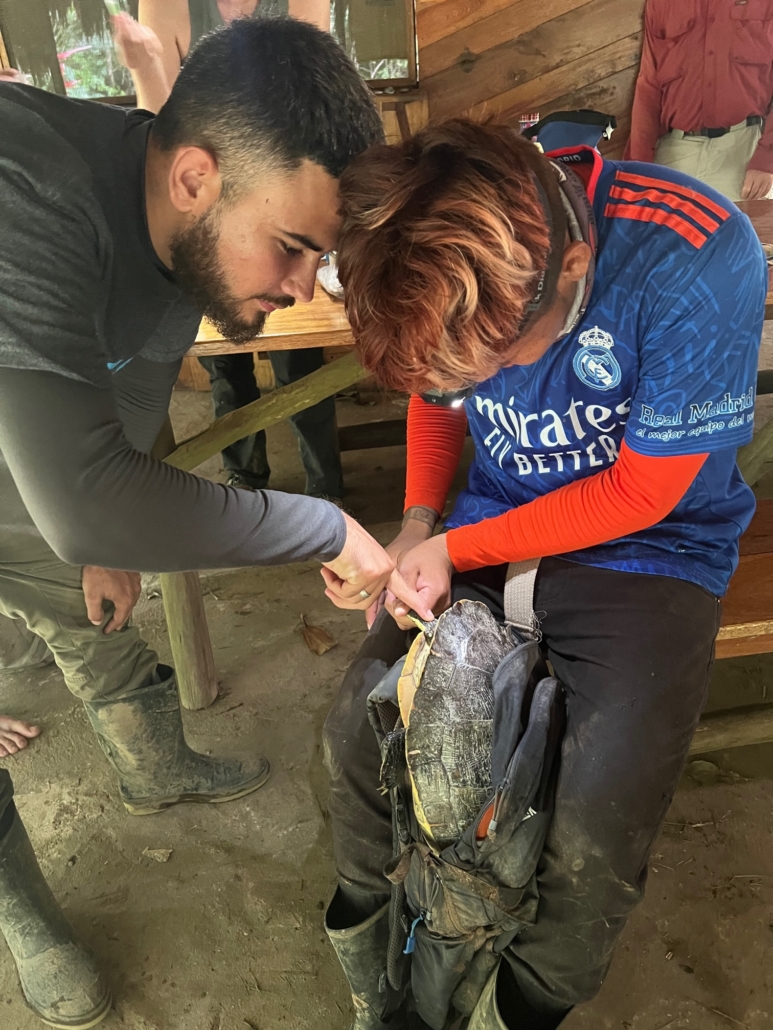
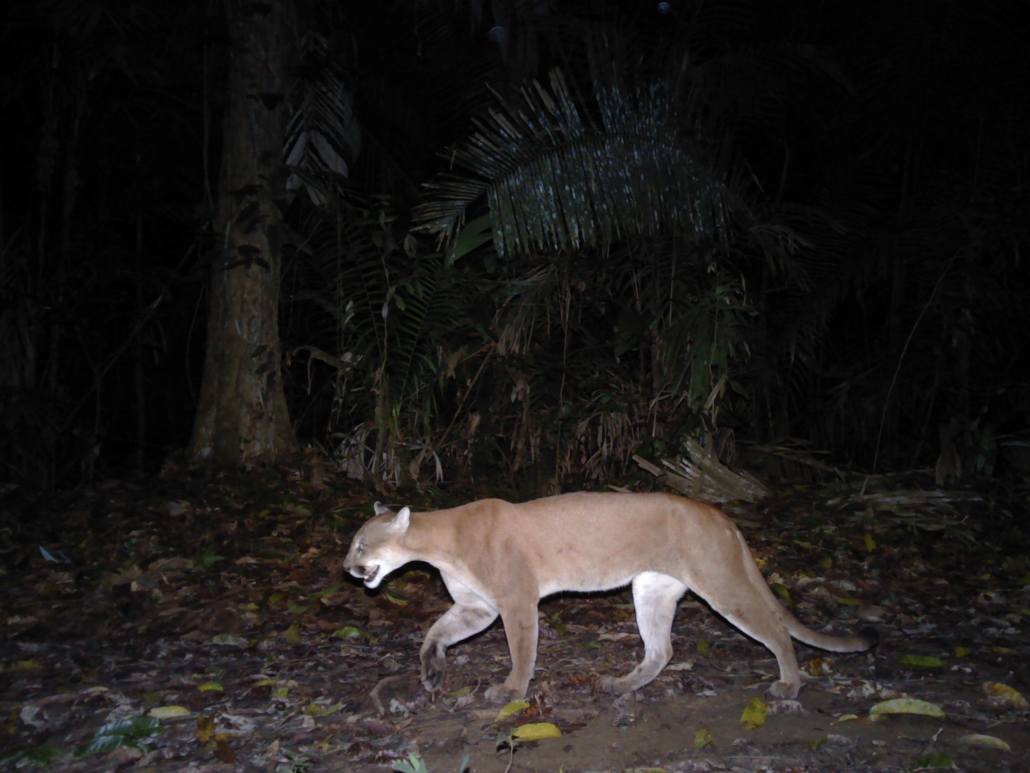
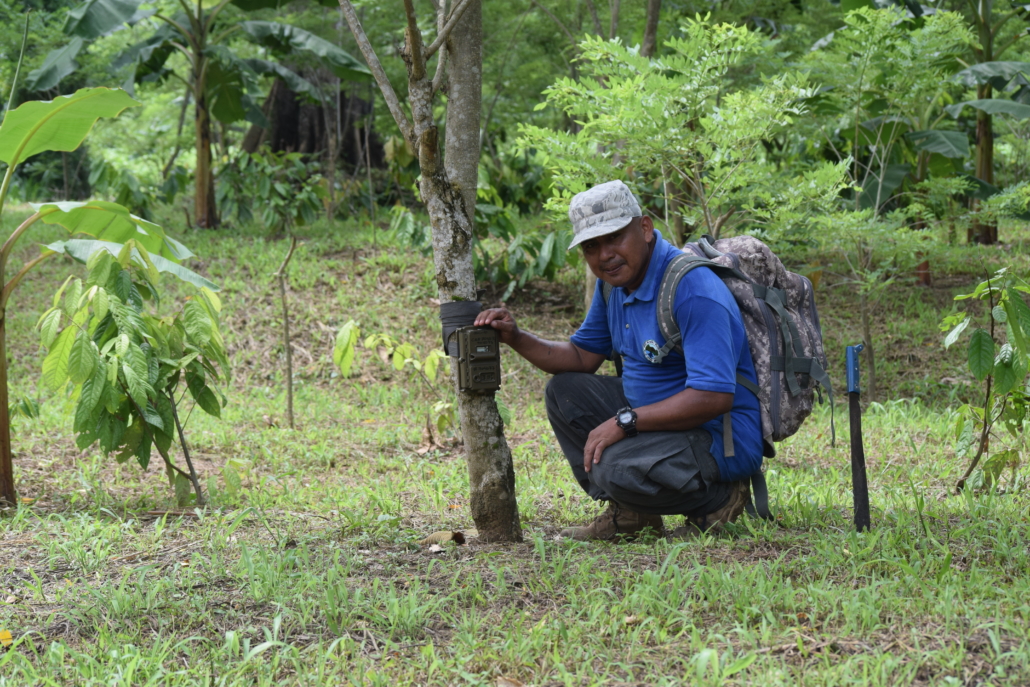


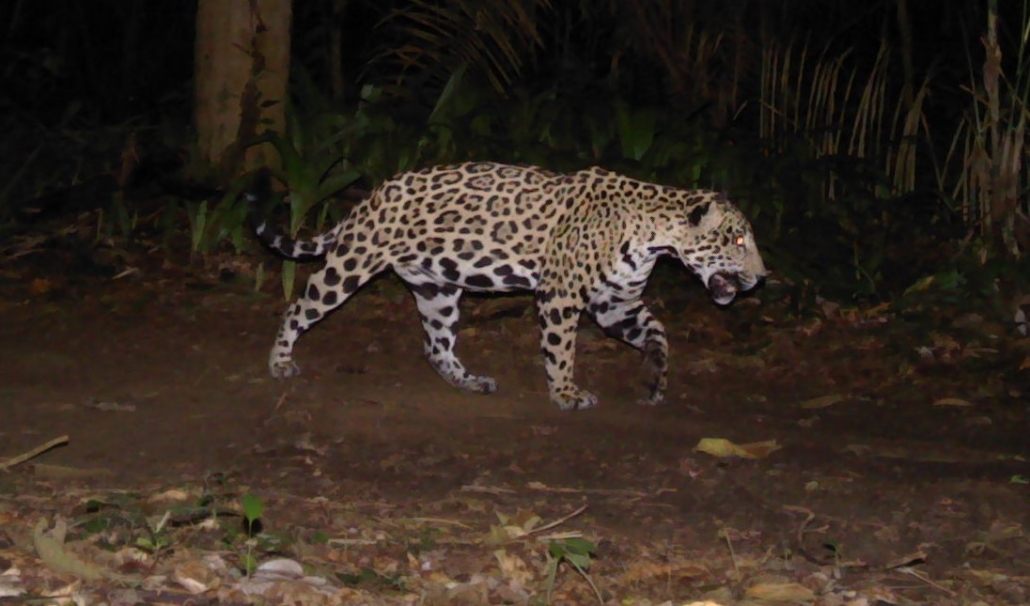

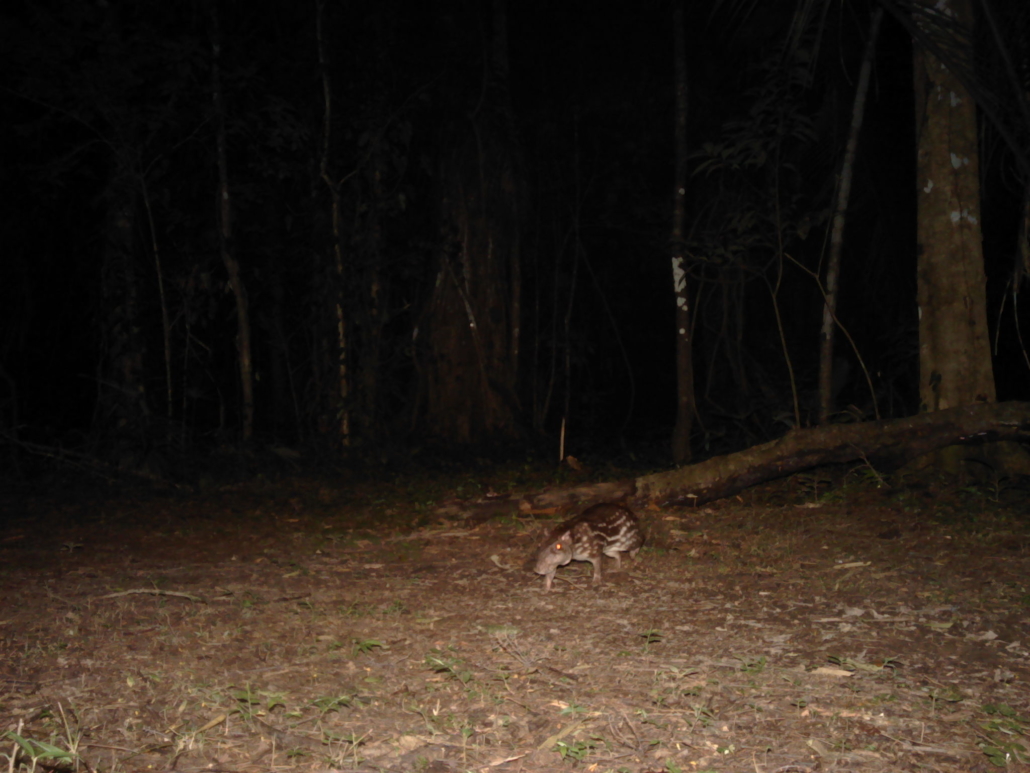

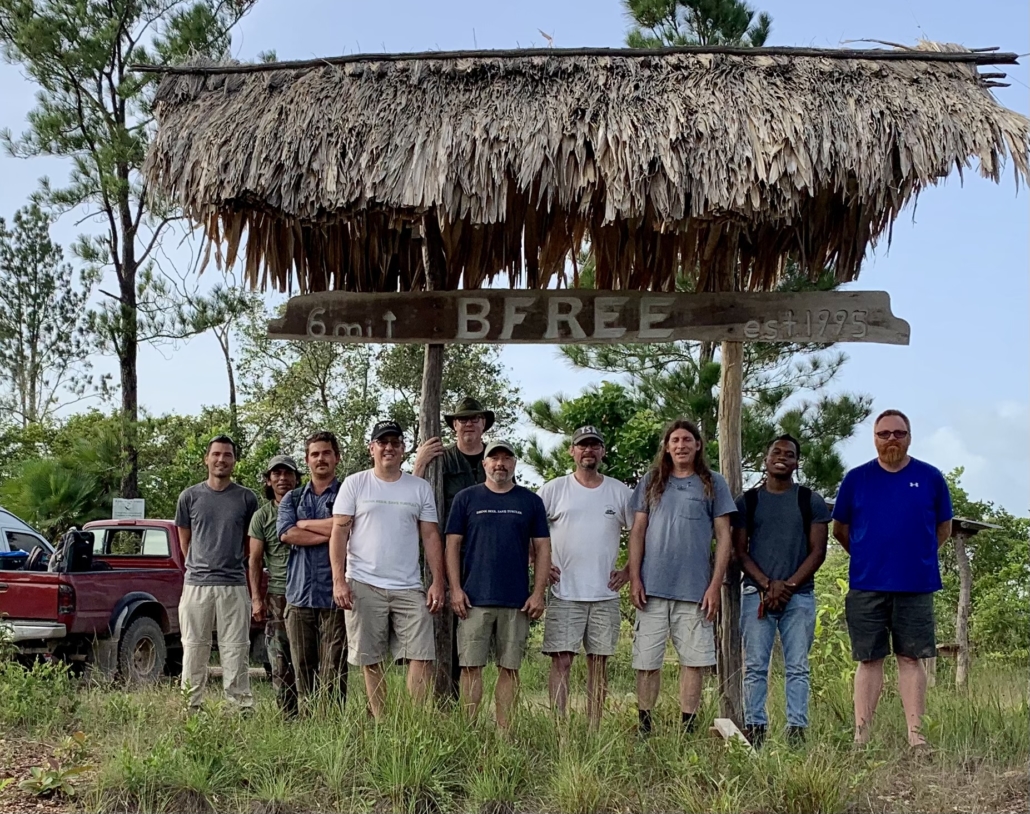
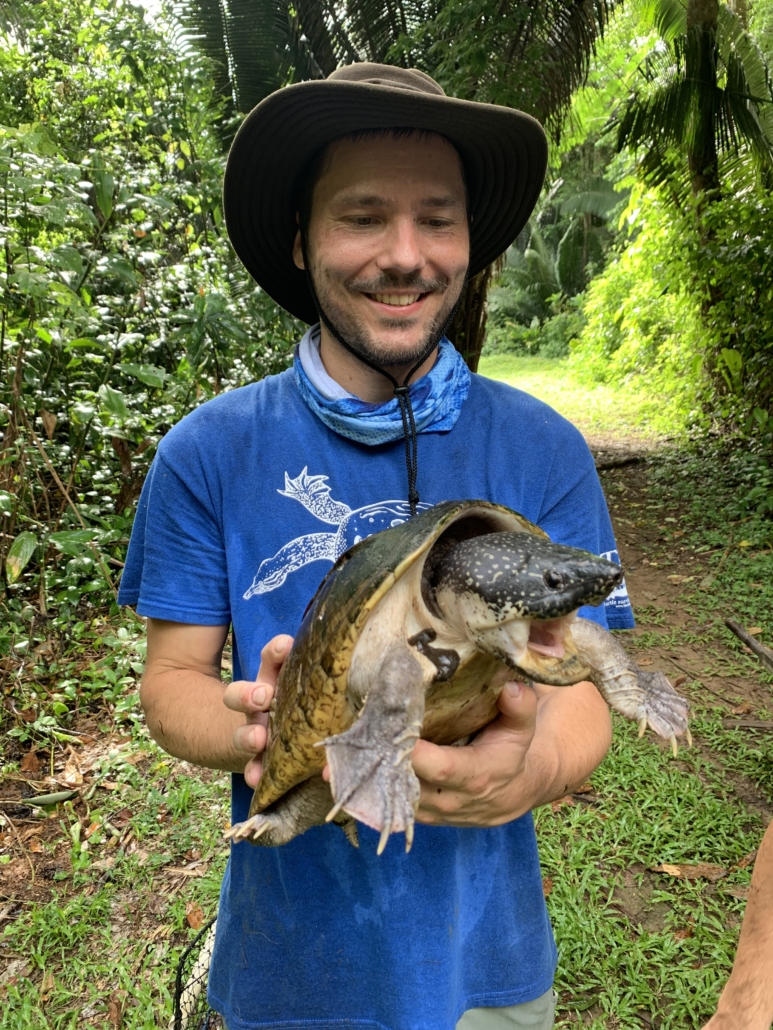
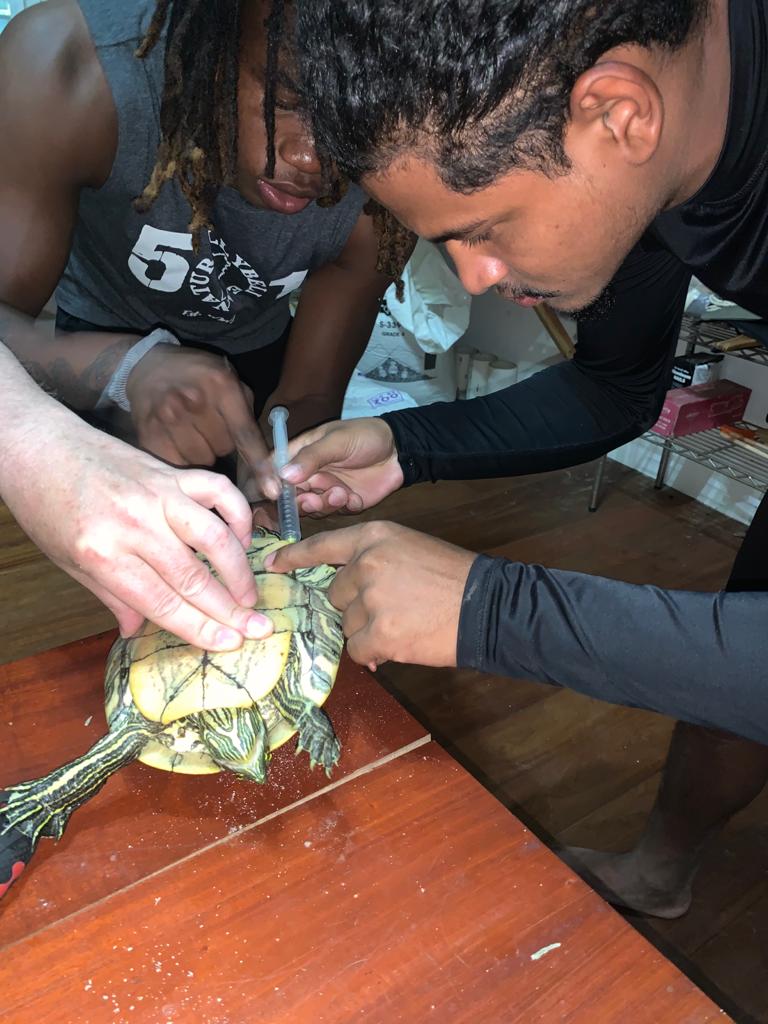
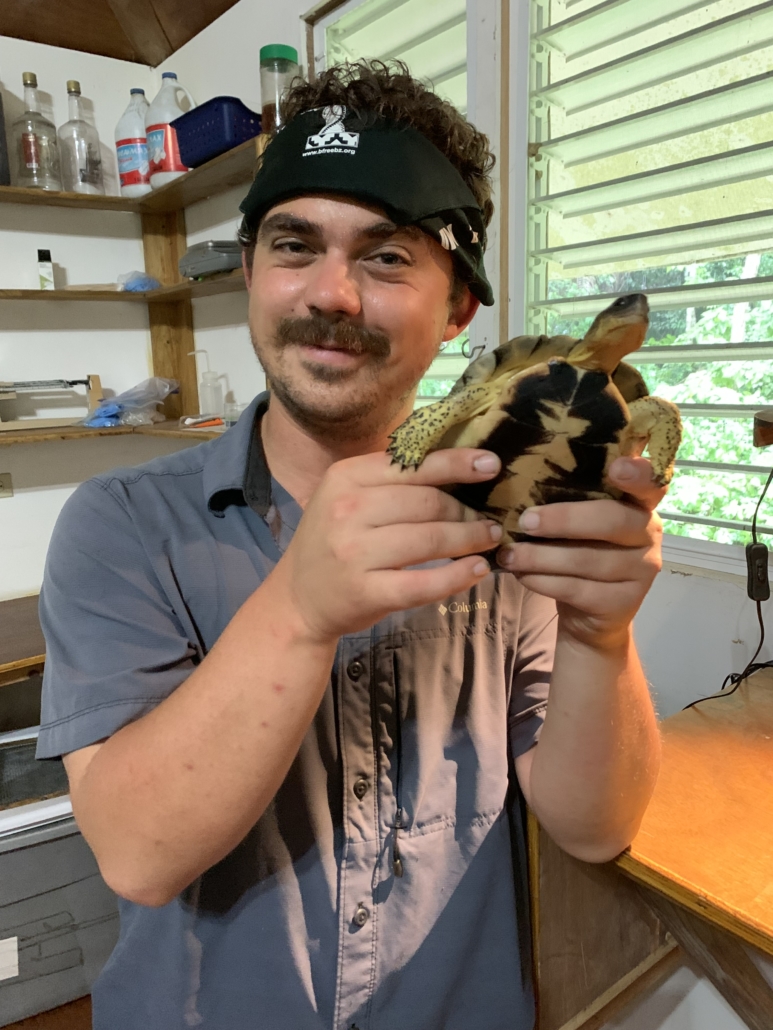

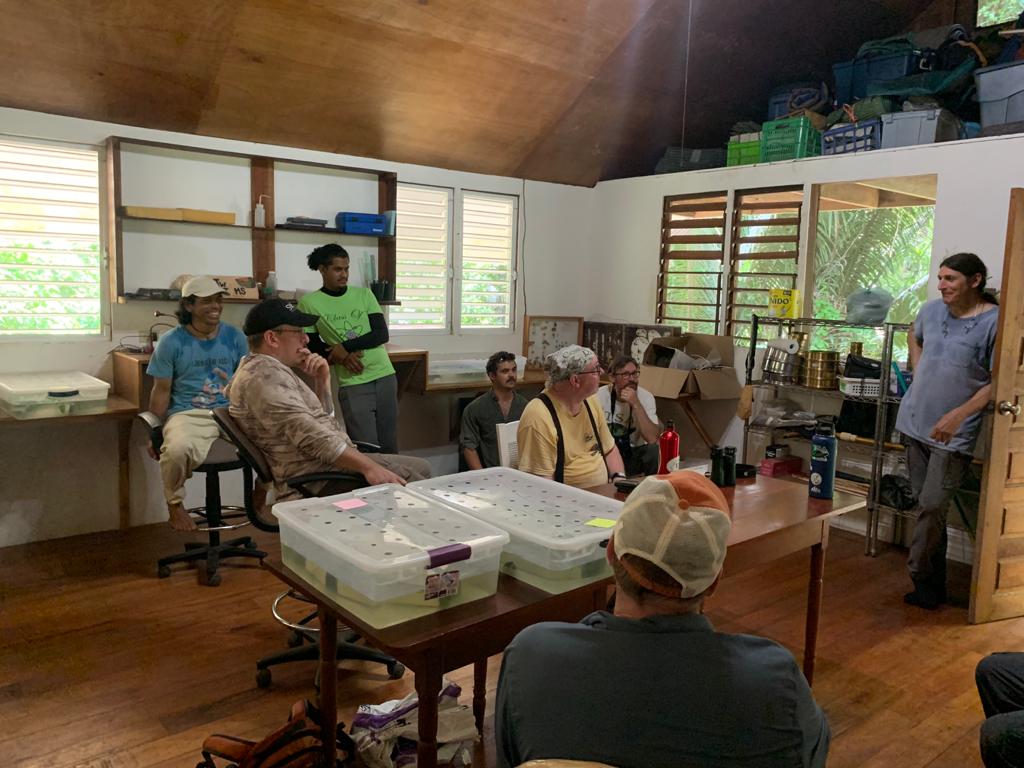
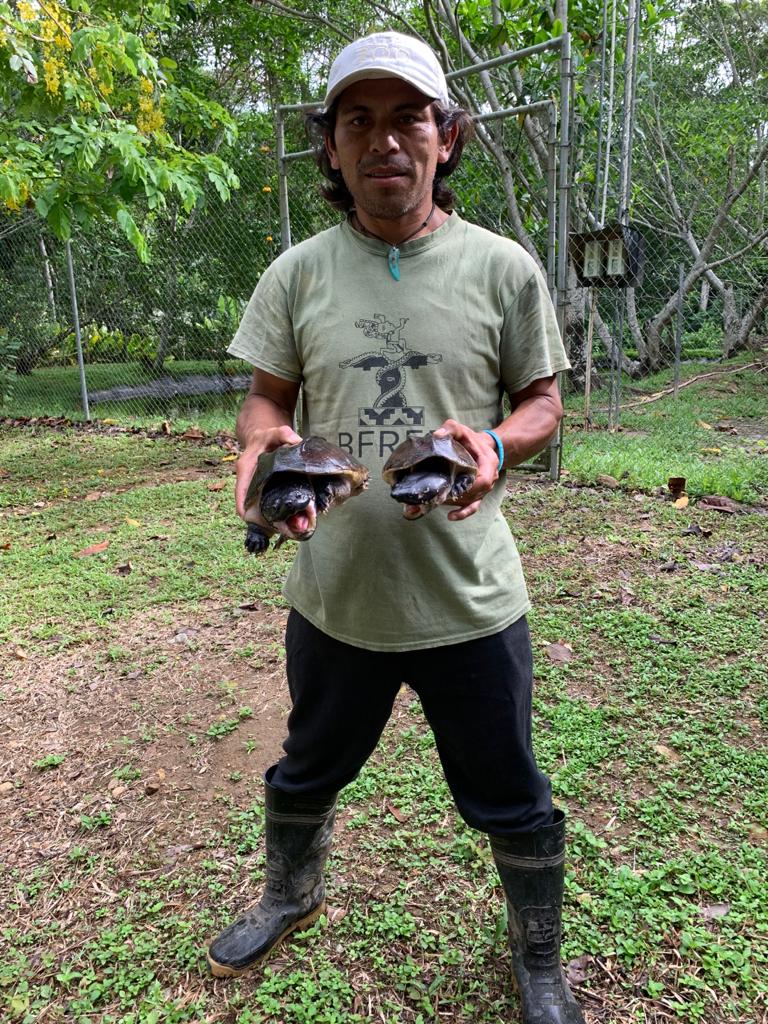
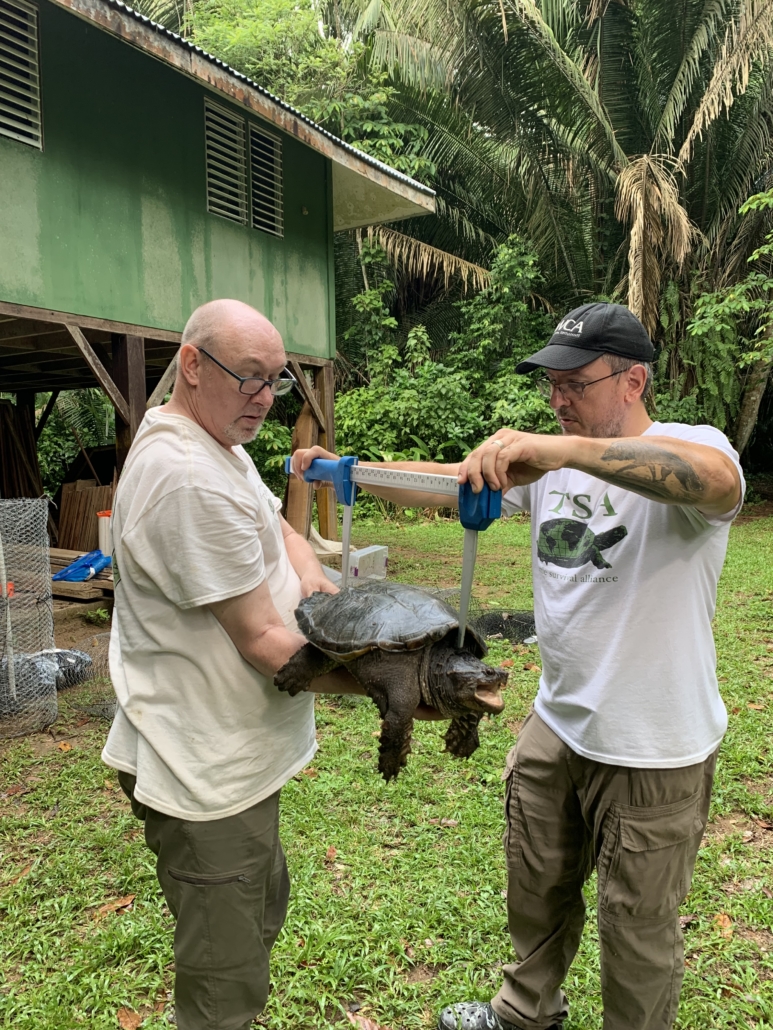
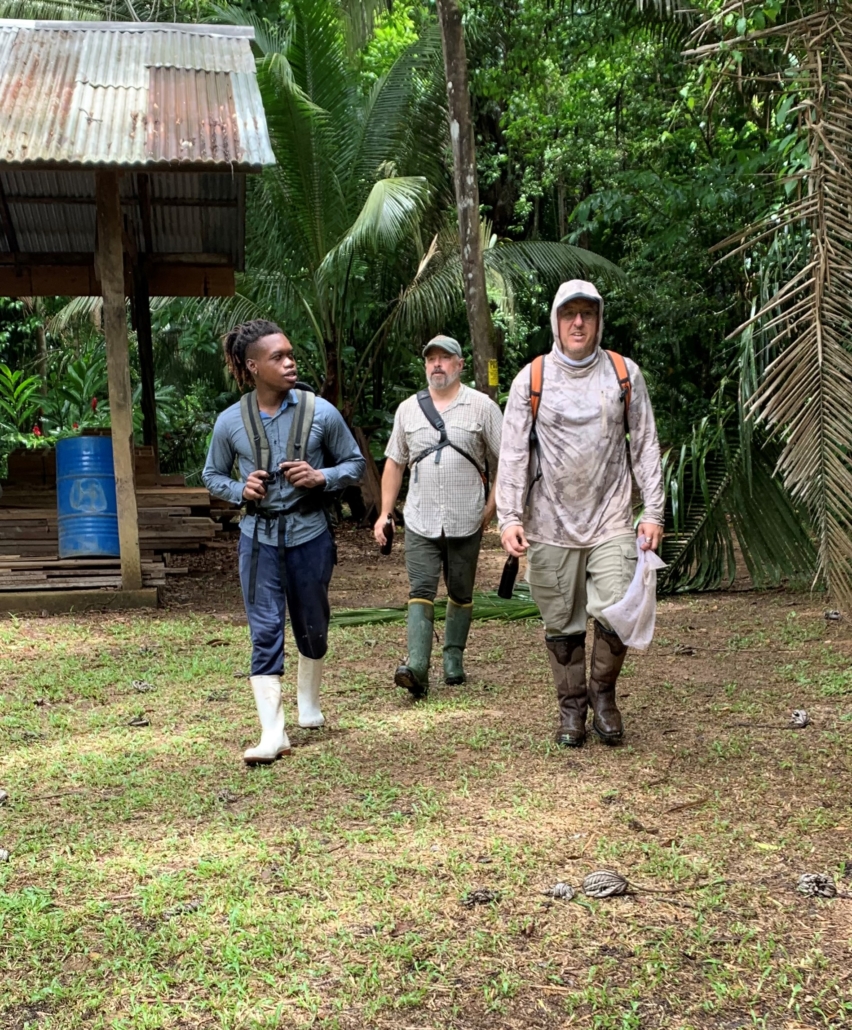
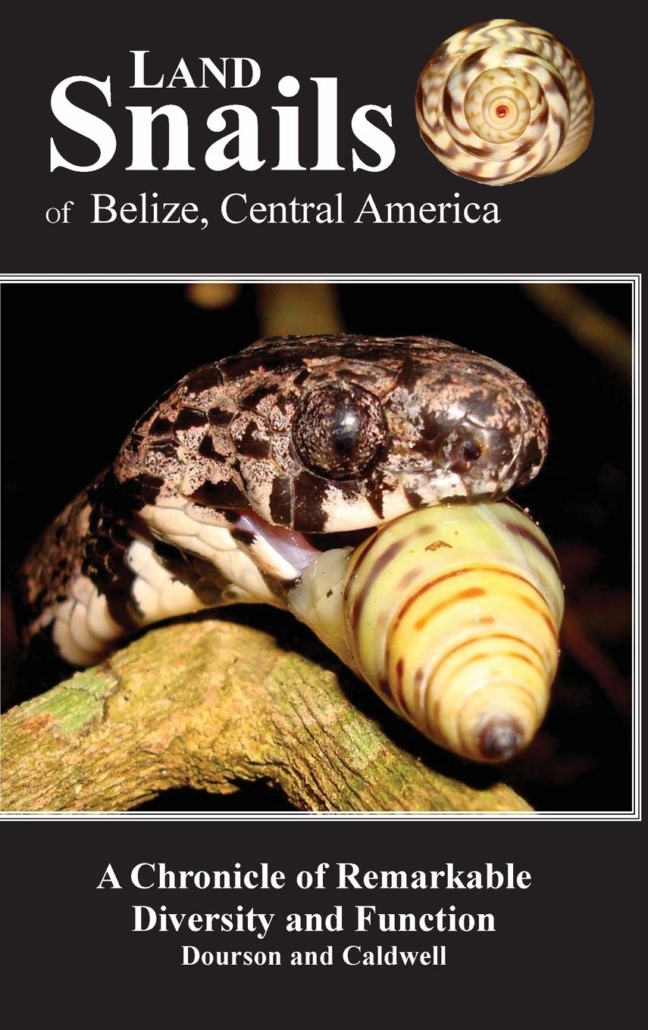

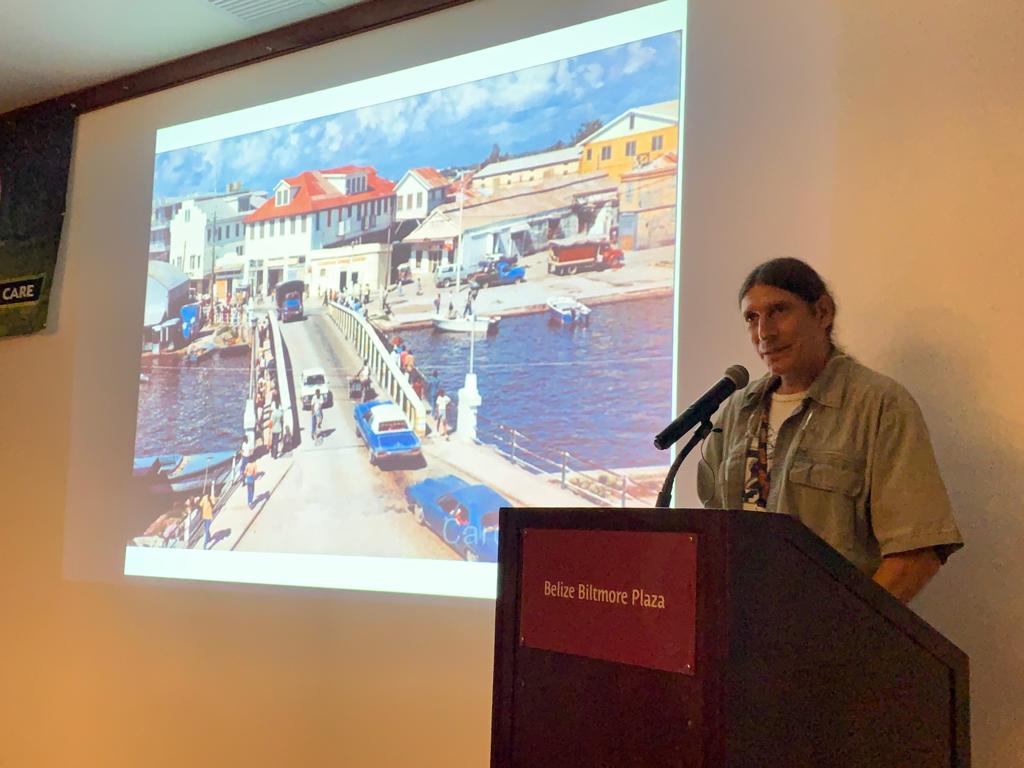
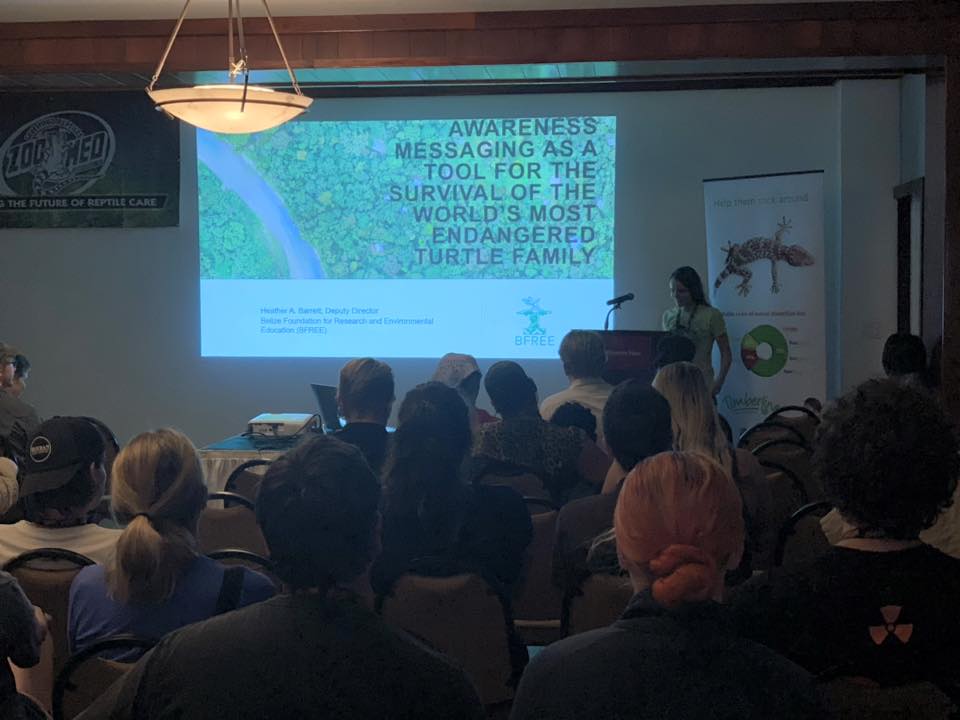
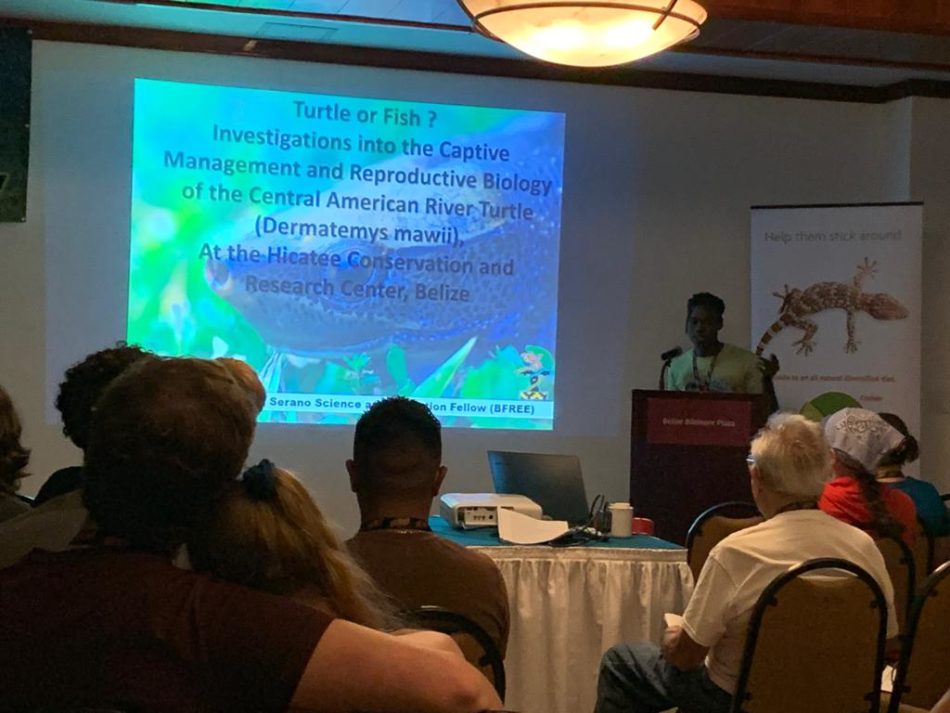
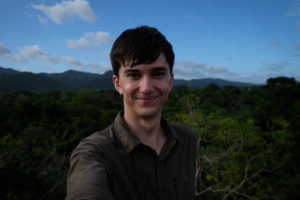 Parr McQueen, an undergraduate student at the University of Richmond traveled to Belize with BFREE earlier this year along with thirteen other classmates. The Field Course led by Dr. Amy Treonis and Dr. Kristine Grayson was focused on using experiential field methods to learn how scientists study the natural world.
Parr McQueen, an undergraduate student at the University of Richmond traveled to Belize with BFREE earlier this year along with thirteen other classmates. The Field Course led by Dr. Amy Treonis and Dr. Kristine Grayson was focused on using experiential field methods to learn how scientists study the natural world.